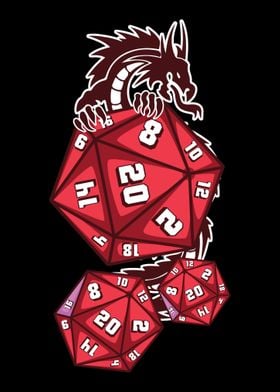
So I found a decent work-around for cure inhibition. SiliNOT! is a reusable silicone substitute for mold making.
It melts at temperatures above 130°F (54°C), but they suggest not going above 150°F (65.5°C), as the material breaks down at 180°F (82°C). It can also be thinned with a small amount of water for detailed parts (I add water as it begins to melt and stir in as it melts further).
While it is only good for 1-2 pulls, the material is re-meltable to re-cast as needed. I use it for recently printed SLA masters, as I am too impatient to wait for photoinitiators to “burn off” and waste way too much silicone.


That was a test die that I colored with markers.
Cap molds are a literal two-part process. The “bottom” is cast upside-down, as you adhere the dice to the base and pour the molding material over them.
For the “top” mold, remove the bottom piece from its mold form; flip it over; either cut out or remove your keys (voids that will fill in as part of the top mold, allowing for perfect alignment); coat with a mold release (I used petroleum jelly for this one, but will often use corn starch); put into your mold form; and pour your molding medium.
Ohhh that makes sense! I was “concerned” that something in the bottle was causing a chemical reaction. I’ve always wanted to make dice…despite only owning a handful of D6s
Do you ever have the top mold wind up out of alignment? Before this post I was picturing a one-piece mold and having to pour into a corner of a die which is obviously not a good method lol
I have had mis-fits on molds before, but cap molds will more often have raised face issues (cap did not seat all the way on).
There is a style of mold, often referred to as “sprue mold” that are single piece molds where you pour into the corner.
That’s cool, makes me want to try some casting!
Is there any specific reason to avoid silicone? I know one reason might be allergies